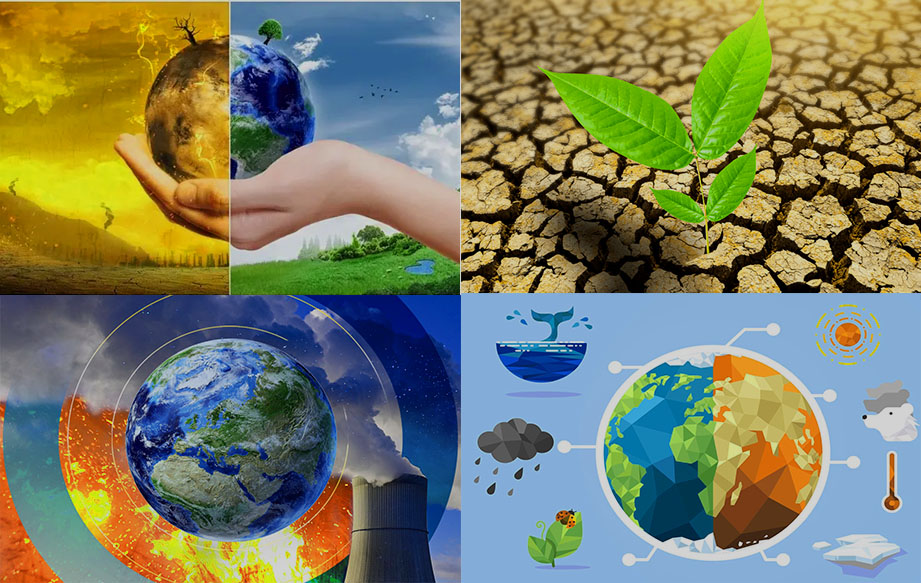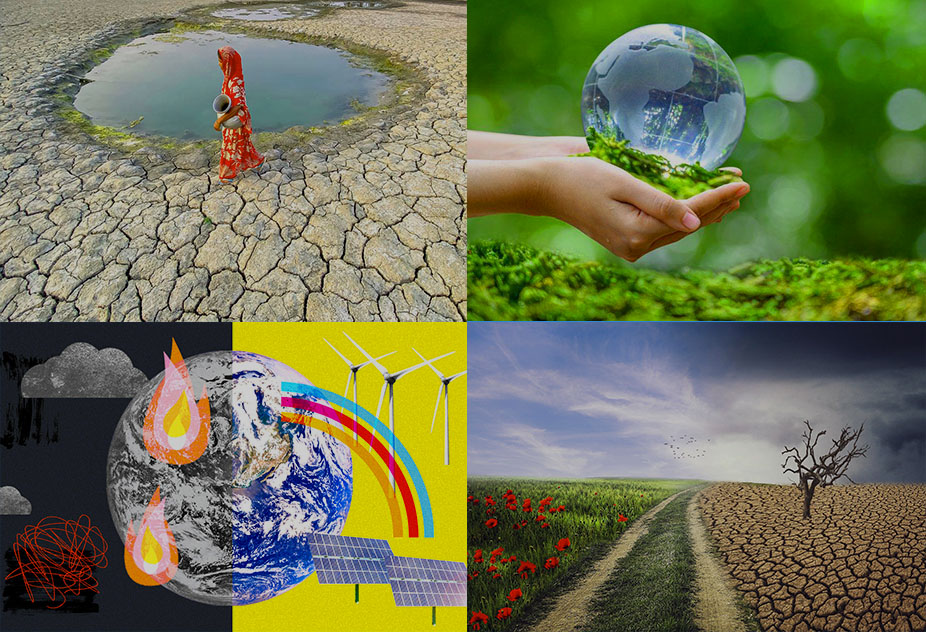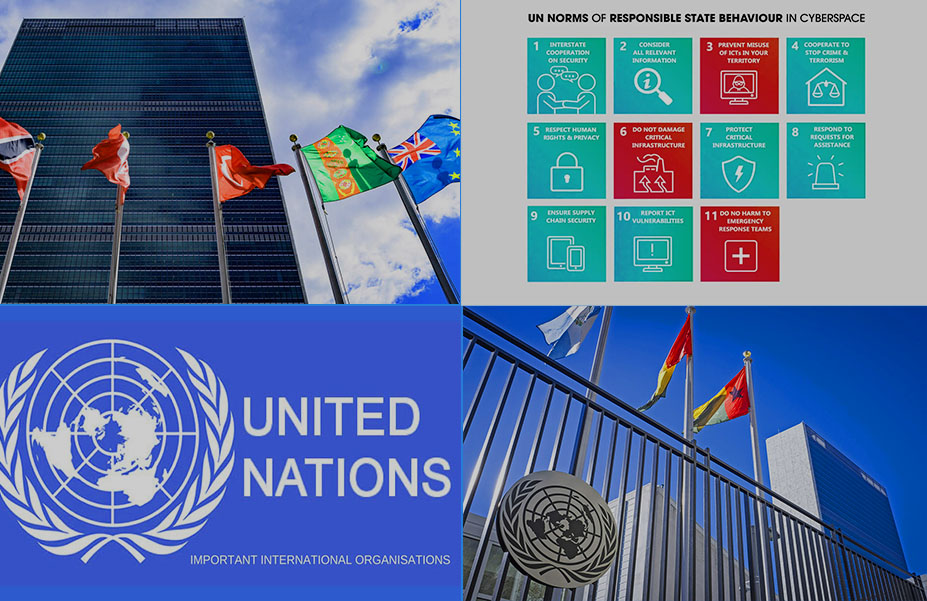Climate change is one of the key challenges of our time. For instance, the unpredictability of weather conditions poses a threat to food production, while rising sea levels increase the risk of natural disasters. These consequences of climate change have a global and unprecedented scale. Failing to take decisive actions today will require substantial efforts and expenditures for future climate adaptation.

Greenhouse gases are naturally emitted into the atmosphere and serve a crucial function for the existence of humans and other living beings by trapping some of the solar heat, making our planet suitable for life. However, over a century of industrialization, extensive deforestation, and specific agricultural practices have led to an increase in greenhouse gas emissions into the atmosphere. The growth of the population and economic development have been associated with a rise in greenhouse gas emissions.
The average global temperature is directly influenced by the concentration of greenhouse gases in the Earth's atmosphere. Since the beginning of the industrial era, the concentration of greenhouse gases has consistently increased, coinciding with a rise in the global average temperature.
One of the primary greenhouse gases in the Earth's atmosphere is carbon dioxide, a product of fossil fuel combustion.
The Intergovernmental Panel on Climate Change (IPCC) was established by the World Meteorological Organization and the United Nations Environment Programme to provide objective scientific information.
The Sixth Assessment Report is scheduled for release in March 2023. It is a comprehensive summary of what is known about the driving factors of climate change, its impacts, future risks, as well as how climate change adaptation and mitigation can reduce these risks. The preparation of the report involves three working groups: Working Group I, focusing on the physical scientific basis of climate change; Working Group II, addressing impacts, adaptation, and vulnerability issues; and Working Group III, dealing with climate change mitigation matters.
The IPCC report on the physical scientific data for 2022 indicates that climate change is widespread, rapid, and intensifying, underlining the urgent need for significant and sustainable reduction of greenhouse gas emissions.
Human activities have caused the warming of the atmosphere, oceans, and land, resulting in widespread and rapid changes in the atmosphere, oceans, cryosphere, and biosphere. The scale of recent changes within the climate system is unprecedented in many hundreds, if not thousands, of years. Many changes are irreversible for centuries and millennia, especially concerning the ocean, ice sheets, and global sea level.

Anthropogenic climate change affects every region, with increasing evidence of connections to extreme heatwaves, heavy precipitation, droughts, and tropical cyclones.
Between 3.3 billion and 3.6 billion people live in highly climate-vulnerable conditions. Vulnerability to climate change varies significantly among regions and within regions for ecosystems and human populations. If global warming exceeds 1.5°C in the coming decades, many human and natural systems will face additional significant risks compared to keeping the temperature below 1.5°C.
Reducing greenhouse gas emissions in the entire energy sector requires substantial transformations, including significant reductions in overall fossil fuel usage, adoption of low-emission energy sources, transition to alternative fuels, as well as energy efficiency and conservation measures.
In October 2018, the IPCC published a Special Report on Global Warming of 1.5°C. The report highlights several climate change impacts that could be avoided by limiting global warming to 1.5°C compared to 2°C or higher.
For instance, by 2100, global sea-level rise would be 10 cm lower with global warming limited to 1.5°C compared to 2°C. Estimates suggest that with 1.5°C of warming, the Arctic Ocean would be ice-free in summer once per century, while with 2°C of warming, this would occur once per decade. The number of coral reefs would decline by 70-90 percent at 1.5°C of global warming, while nearly all of them (> 99 percent) would be lost at 2°C of warming.
The report concludes that limiting global warming to 1.5°C will require "rapid and far-reaching" measures and approaches concerning land, energy, industrial systems, infrastructure, transportation, and cities. Global carbon dioxide (CO2) emissions caused by human activities will need to decrease by almost 45% by 2030 compared to 2010 levels, reaching net-zero emissions around 2050.
This means that any remaining emissions must be balanced through the removal of CO2 from the atmosphere.

The United Nations system organizations are actively engaged in efforts to save our planet. In 1992, at the "Earth Summit" high-level meeting, the Framework Convention on Climate Change was adopted by the United Nations, marking the first step towards addressing climate change. Currently, the Convention has almost universal participation, with 198 parties being its participants.
The main goal of the Convention is to prevent "dangerous anthropogenic interference with the climate system."
In 1995, countries began negotiations to strengthen global measures in response to climate change. Two years later, the Kyoto Protocol was adopted. This document obligates developed countries, known as the Protocol's parties, to reduce greenhouse gas emissions.
The first commitment period started in 2008 and ended in 2012. The second period began on January 1, 2013, and will conclude in 2020. Currently, 192 countries are participants of the Kyoto Protocol.
At the 21st session of the Conference of the Parties to the United Nations Framework Convention on Climate Change, a historic agreement was reached to combat climate change and enhance the actions required for sustainable low-carbon development. The Paris Agreement is built upon the mandate of the Convention and, for the first time in history, unites all nations in taking decisive actions to address climate change and its consequences, while providing support to developing countries.
The main objective of the Paris Agreement is to strengthen global efforts to combat climate change and strive to limit the increase in global temperature to well below 2 degrees Celsius in this century, with an ambitious goal of even attempting to limit it to 1.5 degrees Celsius.
The Paris Agreement was signed on April 22, 2016, at the United Nations Headquarters in New York, on the International Mother Earth Day, by the leaders of 175 countries. This marked a record number of countries signing an international agreement on the same day. To date, 194 parties have joined the Paris Agreement.